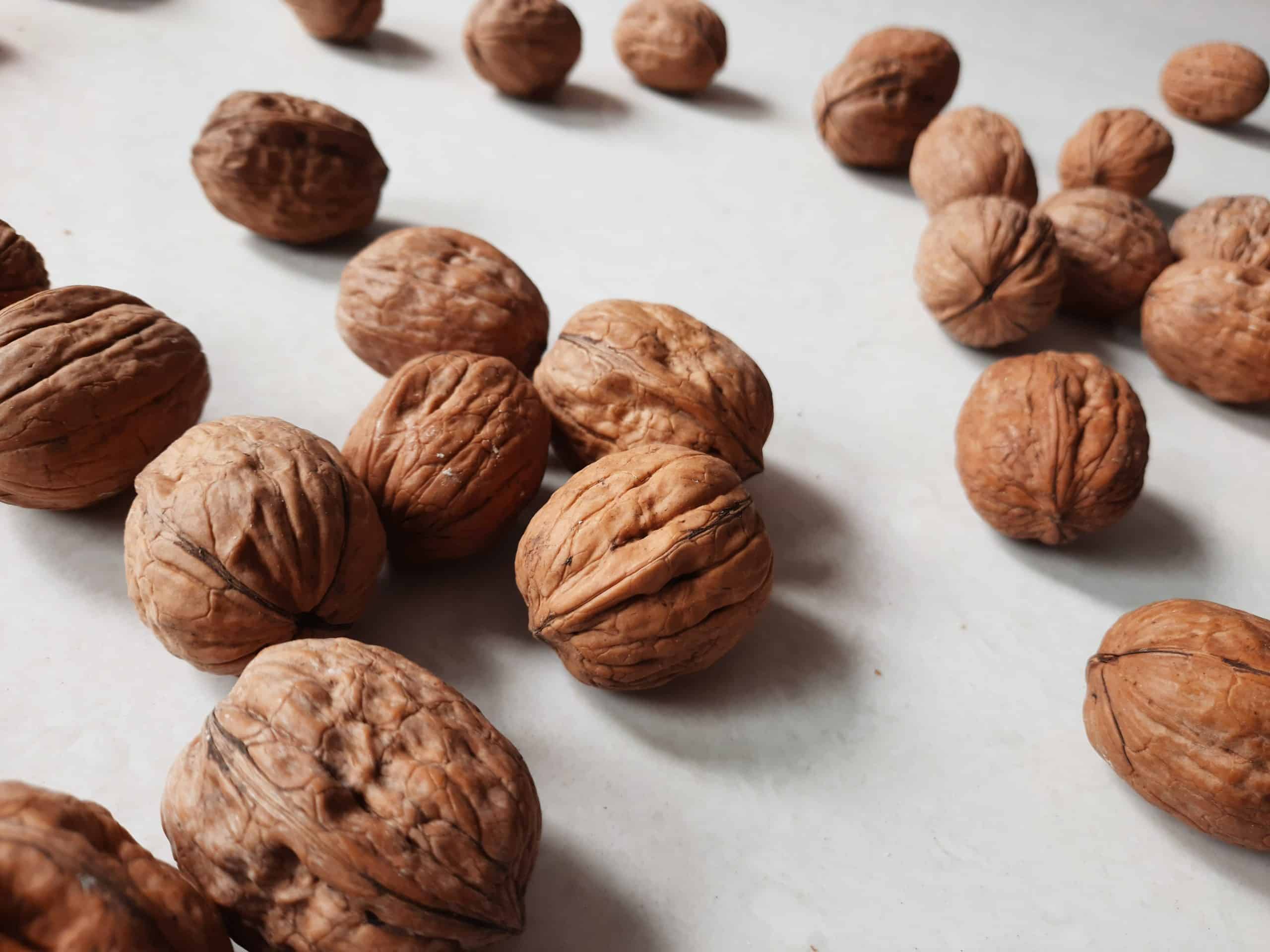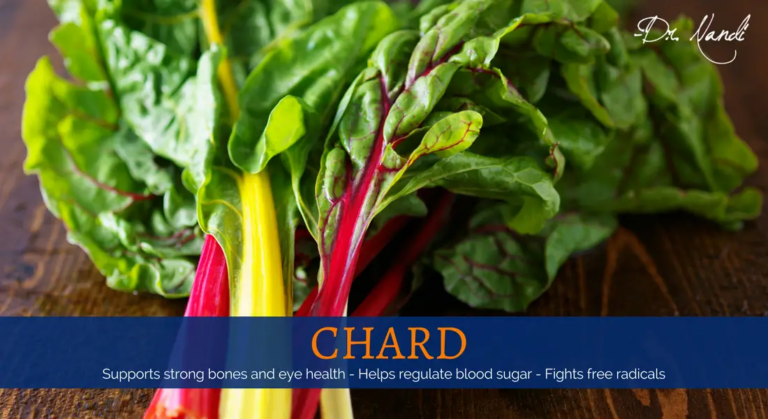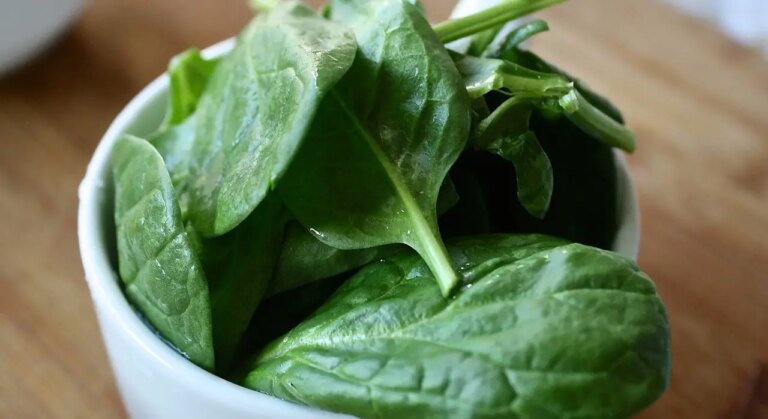In the world of traditional cooking, certain techniques passed down through generations possess an almost magical ability to enhance flavors and simplify processes. Boiling whole walnuts is one such culinary secret, a treasured technique from the kitchens of our grandmothers. This method, simple yet profound, involves boiling walnuts in their shells, transforming them into a more flavorful and accessible ingredient.
This article will explore the art of boiling whole walnuts, a technique steeped in tradition, bringing out the best in this nutritious nut. We’ll delve into its simplicity, its efficiency, and, most importantly, its remarkable impact on the walnut’s taste and texture.
The Art and Science of Boiling Whole Walnuts
Boiling whole walnuts is a technique cherished for its simplicity and effectiveness. Originating from kitchens where every ingredient was treated with respect and wisdom, this method involves immersing whole walnuts in boiling water. The practice stands out for its ability to ease the often laborious task of cracking open these tough-shelled nuts, making the nutmeat more accessible.
Why Boil Walnuts?
The primary reason for boiling walnuts is to soften their shells. This is particularly beneficial when dealing with fresh, hard-to-crack walnuts. But the benefits extend beyond mere convenience. The boiling process slightly changes the texture and taste of the walnut, enhancing its natural flavors and making it a versatile ingredient in various culinary preparations.
The Nutritional Angle
From a nutritional standpoint, walnuts are a powerhouse, rich in healthy fats, antioxidants, and essential nutrients. This boiling method does not significantly impact their nutritional profile, making it an excellent technique for health-conscious cooks.

How to Boil Walnuts
It all starts with selecting the right walnuts. Start with whole, uncracked walnuts. Freshness is key, as older nuts may have a different texture and flavor profile.
Boiling Process:
- Fill a pot with enough water to fully submerge the walnuts.
- Bring the water to a rolling boil.
- Gently add the whole walnuts to the boiling water.
- Boil for about 5 minutes. This duration is sufficient to soften the shells without compromising the nut’s quality.
Post-Boiling Steps:
- Remove the walnuts from the water and allow them to cool to a manageable temperature.
- The softened shells should now be easier to crack, revealing the nutmeat inside.
Once extracted, the walnut kernels can be used in various dishes, from savory salads and stir-fries to sweet pastries and desserts. The boiling process can subtly enhance their flavor, adding depth to the recipes they’re used in.
Benefits of Boiling Walnuts: A Nutritional Powerhouse in Your Kitchen
Boiled walnuts not only add a unique flavor and texture to dishes but also bring a host of nutritional benefits, making them a valuable addition to any diet.
Heart Health and Walnuts
Walnuts are a rich source of omega-3 fatty acids, known for their benefits to heart health. These fats help in reducing bad cholesterol levels and can lower the risk of heart disease.
The Journal of the American Heart Association has published studies affirming that walnut consumption can positively impact cholesterol levels, potentially reducing cardiovascular risks.
Cancer Prevention
Walnuts contain compounds like polyphenols and urolithins, which have anti-inflammatory and antioxidant properties. These properties are crucial in fighting inflammation and oxidative stress, both of which are linked to cancer development.
Research in the journal Nutrients has indicated a connection between walnut consumption and a reduced risk of several cancers, including breast, prostate, and colorectal cancers.
Brain Health
Regular intake of walnuts is associated with improved brain function. These nuts are thought to enhance cognitive and motor functions, particularly in older adults.
A study in The Journal of Nutrition concluded that eating walnuts could have a beneficial effect on enhancing cognitive and motor function in aging.
Weight Management
Despite their high-calorie content, walnuts can be part of a weight management diet. They are known to promote satiety, helping control hunger.
A review in the journal Nutrients detailed that incorporating walnuts into the diet does not necessarily lead to weight gain or obesity. In fact, they can aid in weight loss when replacing other high-calorie foods.

Exploring Similar Culinary Techniques
Boiling whole walnuts is just one of many traditional culinary techniques that enhance the flavor and health benefits of ingredients. Here are a few other methods worth exploring in your kitchen:
- Blanching Almonds: Blanching almonds, similar to boiling walnuts, involves immersing them in boiling water to ease skin removal. This technique is often used for recipes requiring smooth almond paste or for enhancing the visual appeal of almonds in various dishes.
- Brining Poultry: Brining, the process of soaking poultry in a saltwater solution, is a centuries-old technique known for enhancing meat’s juiciness and flavor. It’s particularly beneficial for cooking lean poultry cuts, as it helps prevent dryness and improves taste.
- Fermenting Vegetables: Fermentation is a method used to preserve vegetables while creating unique flavors. This technique, which leverages beneficial bacteria, transforms vegetables like cabbage into tangy sauerkrauts or kimchi, adding a delightful twist to various dishes.
Each of these techniques, like boiling whole walnuts, brings a distinct dimension to cooking, unlocking flavors and textures that elevate everyday ingredients into culinary delights.
My Personal RX: Integrating Traditional Culinary Techniques for Better Health
I’m a strong advocate for incorporating traditional culinary methods into modern cooking, not just for their flavor enhancement but for their health benefits too. Techniques like boiling whole walnuts or fermenting vegetables aren’t just about taste; they’re about unlocking the nutritional potential of our food in ways that our bodies can best absorb and utilize.
- Start with Whole Foods: Embrace whole, unprocessed ingredients. The less processed your ingredients, the more control you have over your diet and the greater the nutritional benefits.
- Boil for Better Access: Just like boiling walnuts makes them easier to use, apply similar techniques to other tough foods to make their nutrients more accessible.
- Integrate Superfoods Into Your Meals: Use my Superfoods Cookbook for inspiration on incorporating nutrient-dense foods into everyday meals in enjoyable, creative ways.
- Consider Natural Supplements: Incorporating Pure N-Acetyl Cysteine supplements can aid in natural detoxification and boost antioxidant activity, complementing a diet rich in whole foods.
- Fermentation for Gut Health: Incorporate fermented foods like kimchi or sauerkraut into your diet. These not only add flavor but also promote a healthy gut microbiome.
- Hydrate Creatively: Infuse your water with herbs or fruits. It’s a nod to traditional methods of flavoring while keeping you hydrated.
- Use Healthy Fats: Opt for traditional fats like olive oil or avocado oil for cooking. They offer a range of health benefits, from heart health to improved nutrient absorption.
- Mindful Meat Preparation: If you eat meat, consider traditional preparation methods like brining to enhance flavor and tenderness while retaining nutrients.
- Balance Your Meals: Aim for a balanced plate with a good mix of proteins, carbs, and fats. Traditional diets often have a natural balance that modern diets can lack.
- Cook with Spices: Many traditional recipes use spices not just for flavor but for their health benefits. Turmeric, ginger, and garlic, for example, have anti-inflammatory properties.
Remember, the key to a healthy diet is variety, moderation, and enjoying the process of cooking and eating wholesome foods. Traditional methods can be a fun and effective way to achieve this.





















